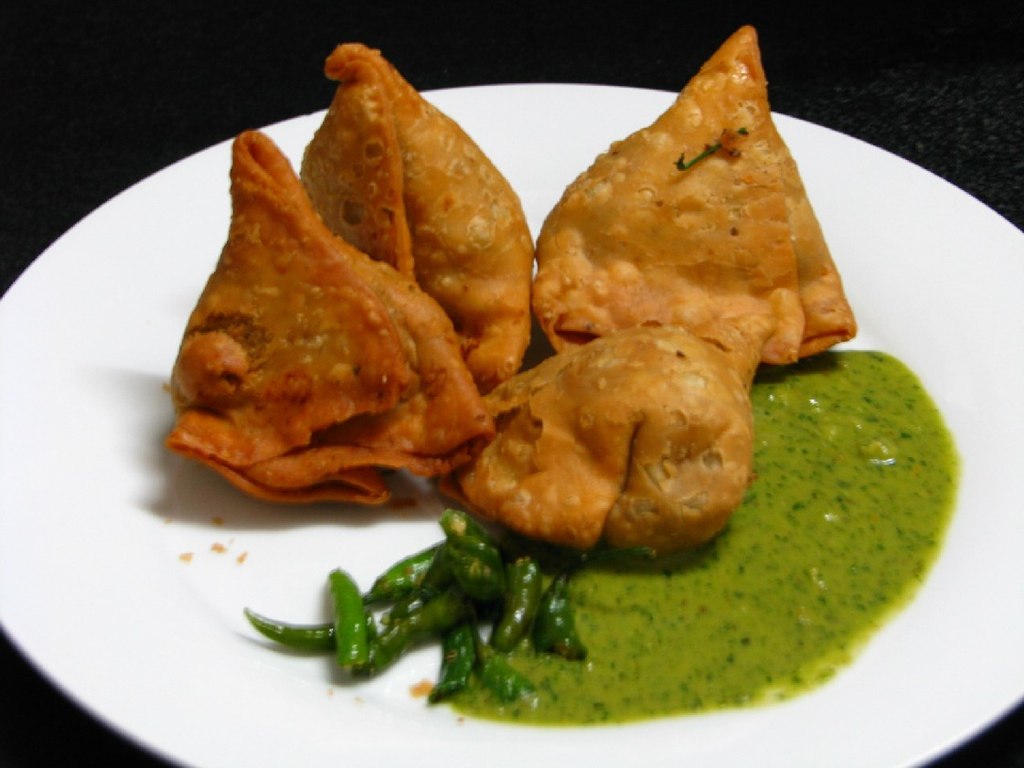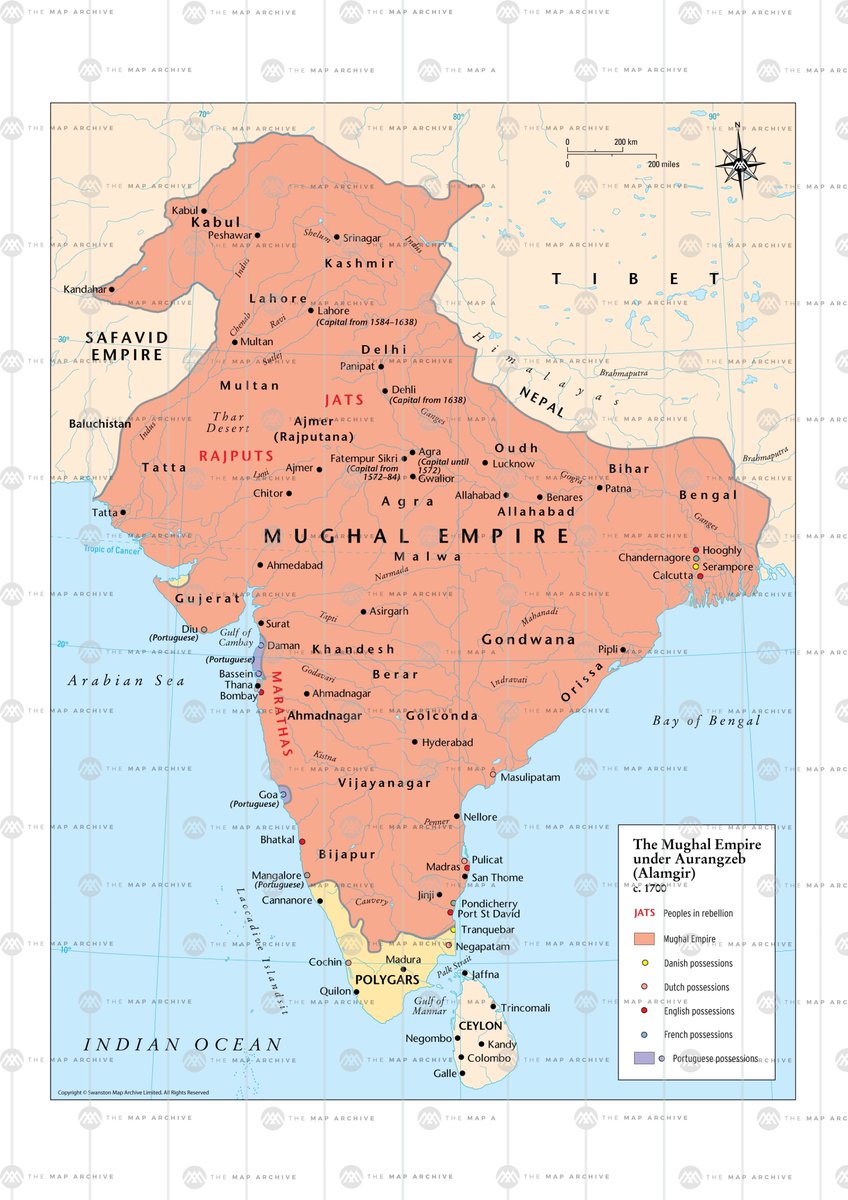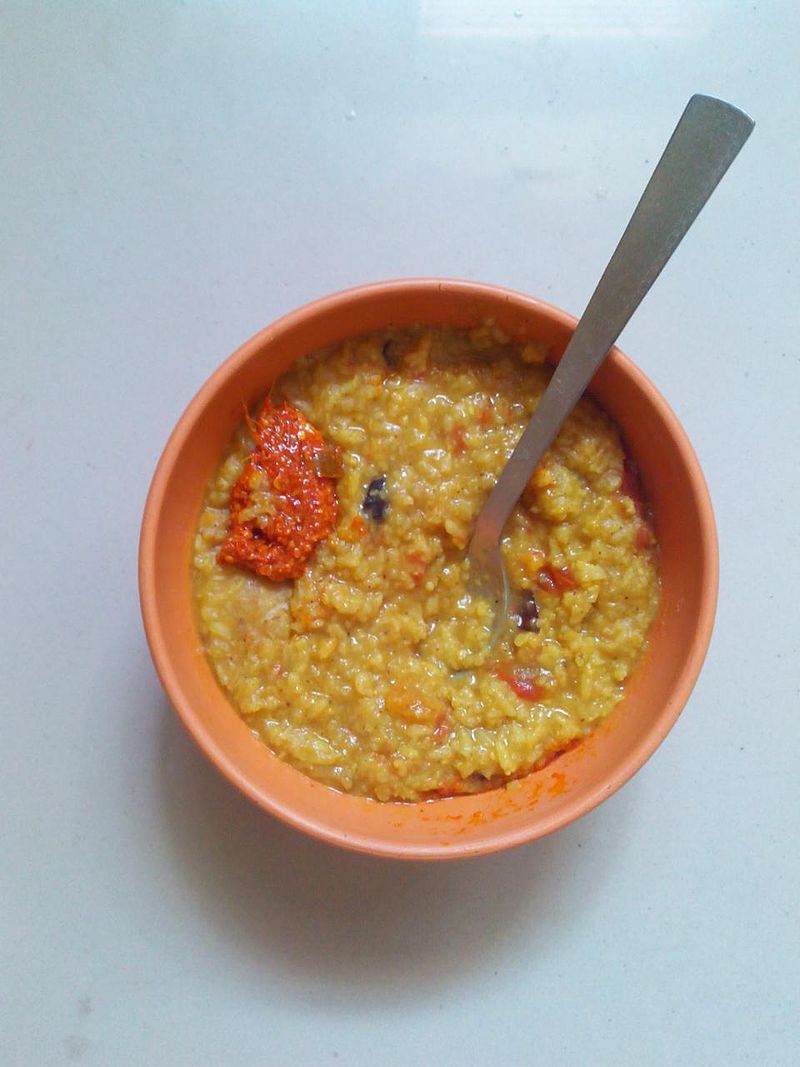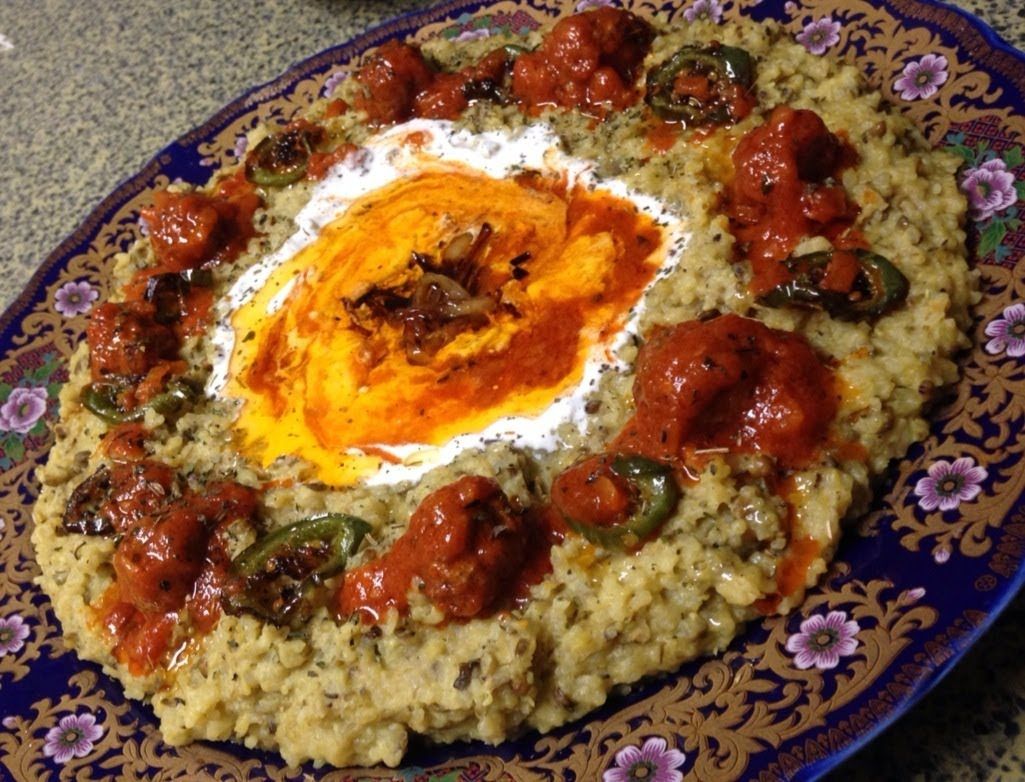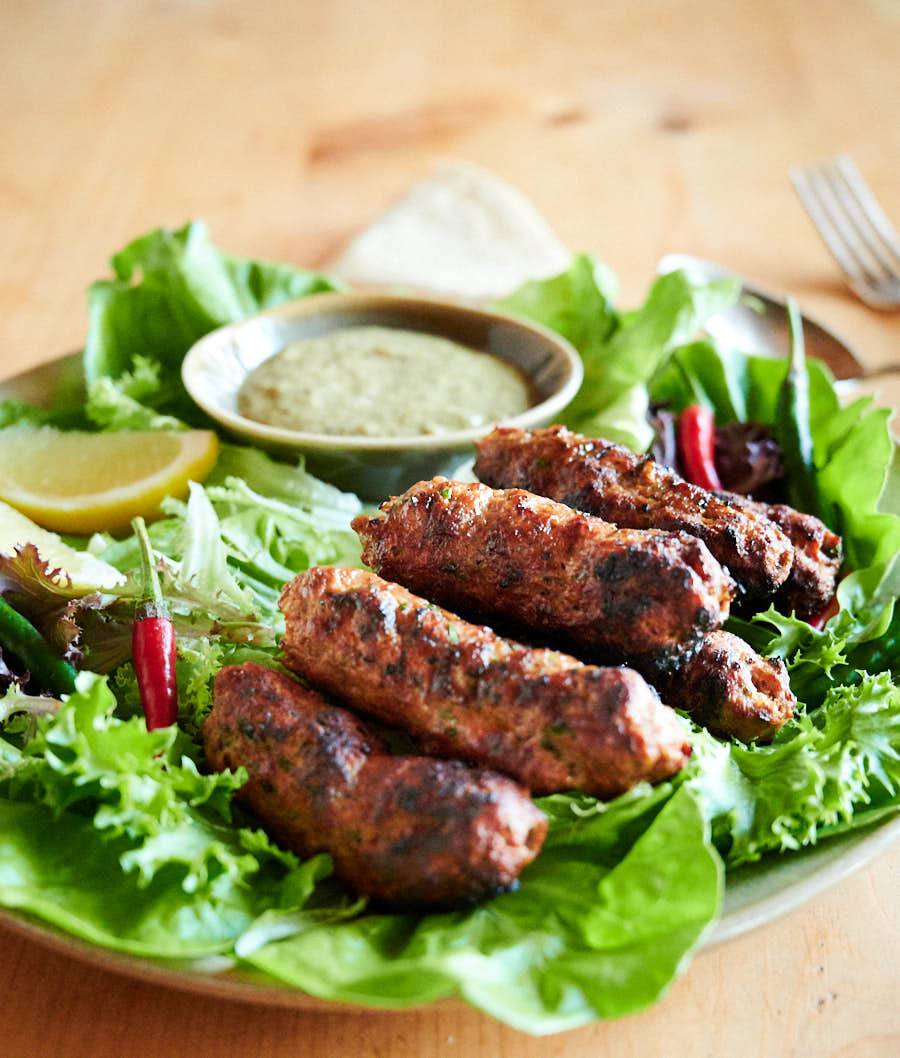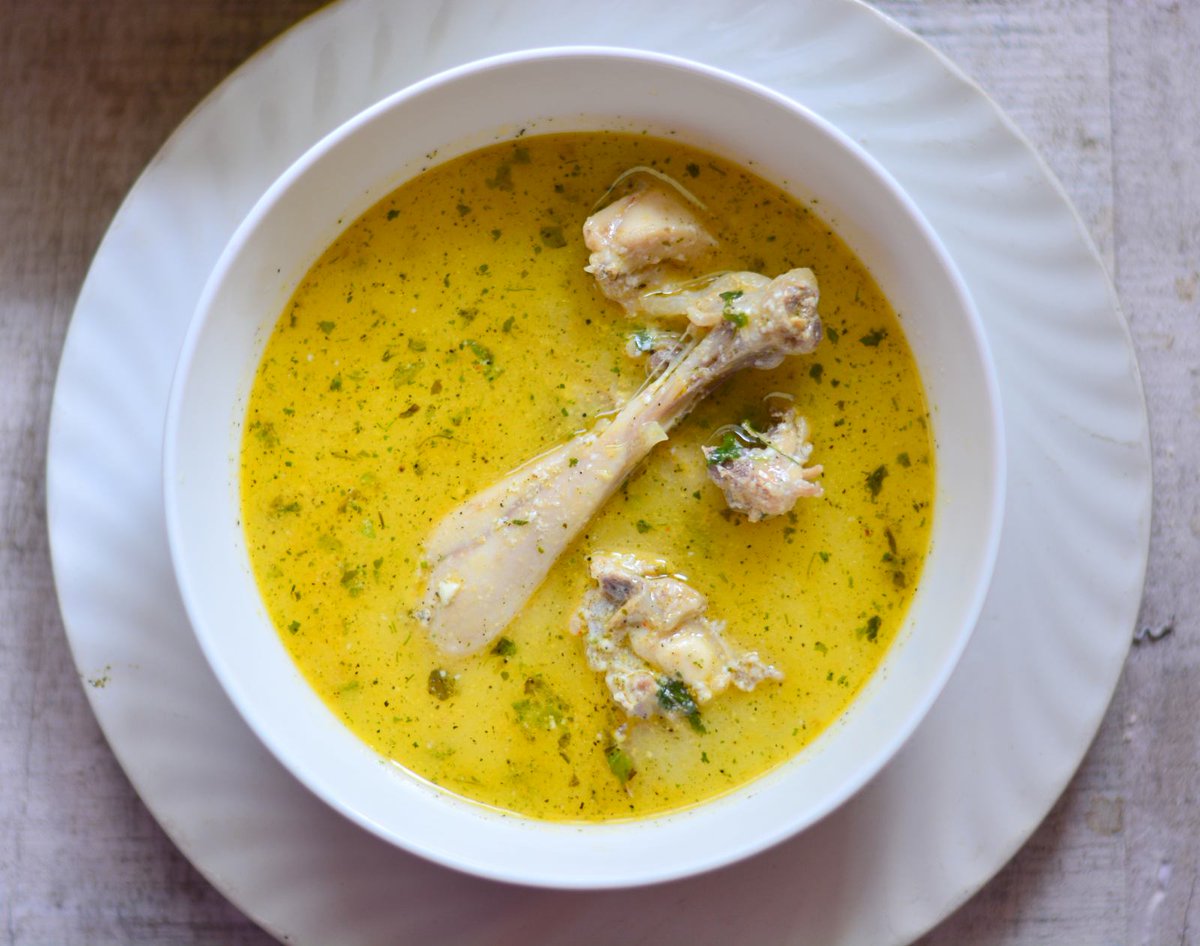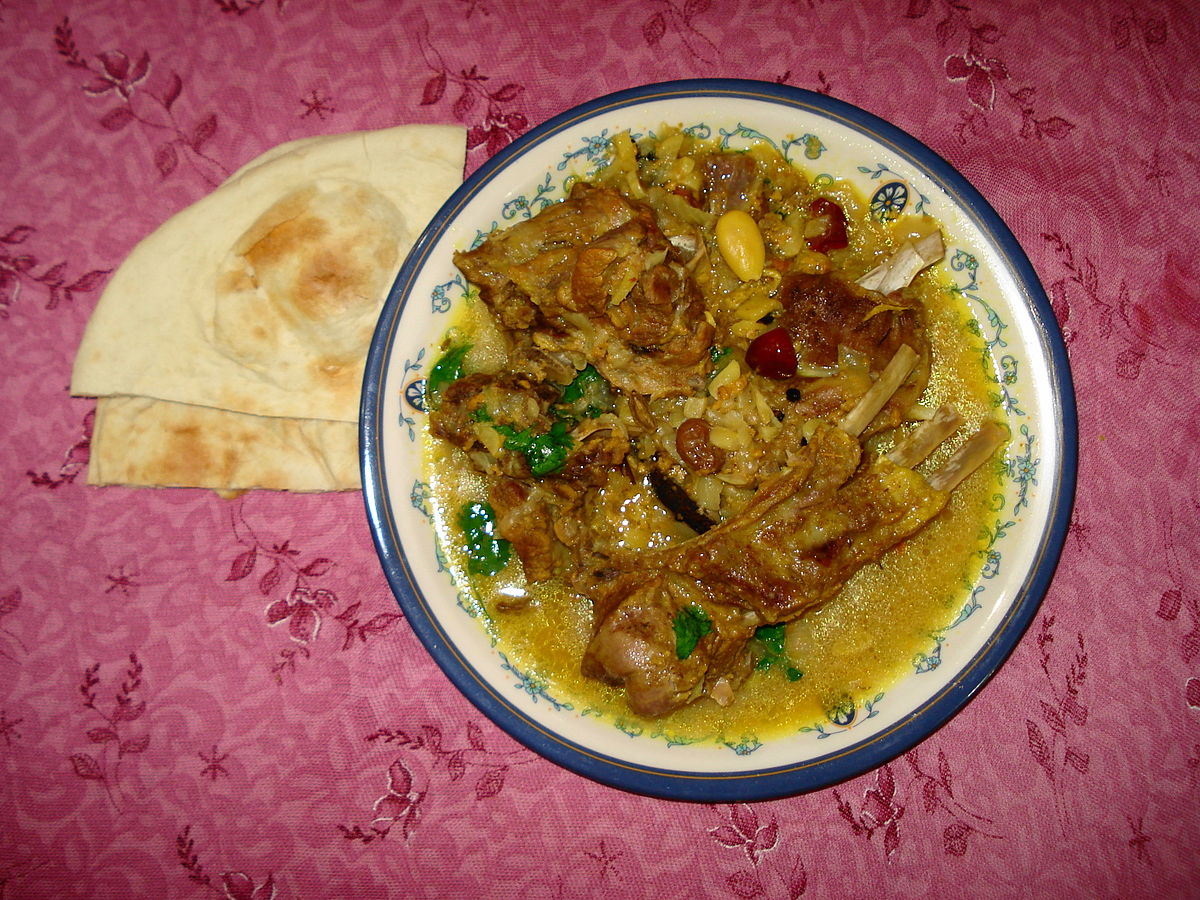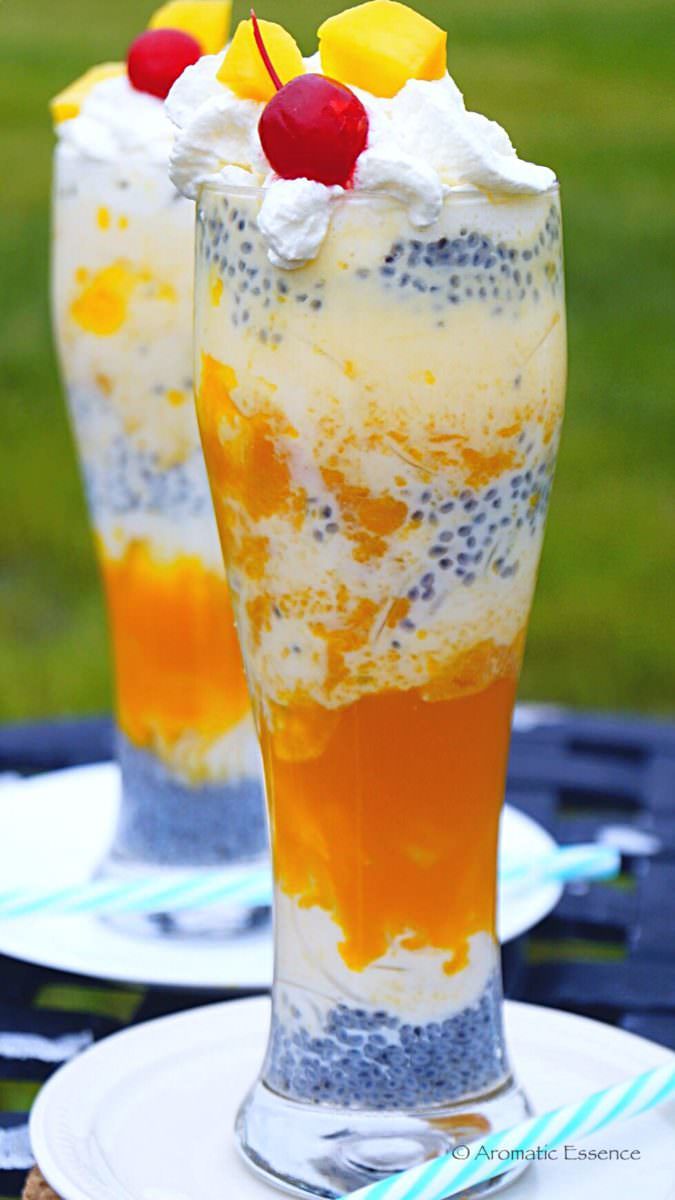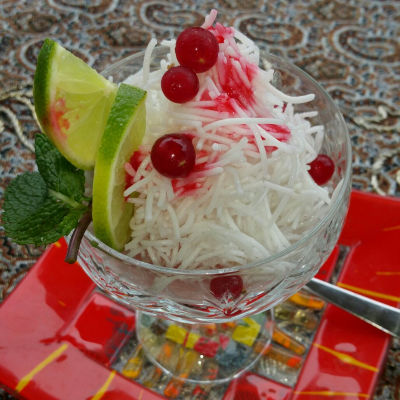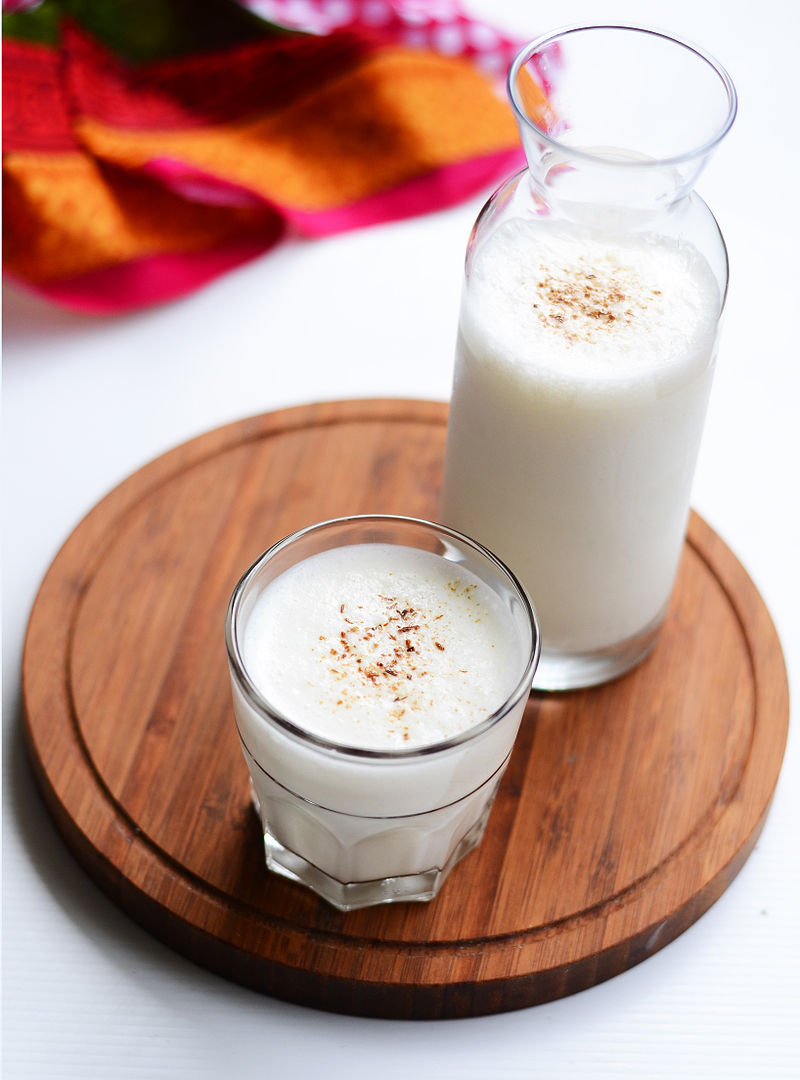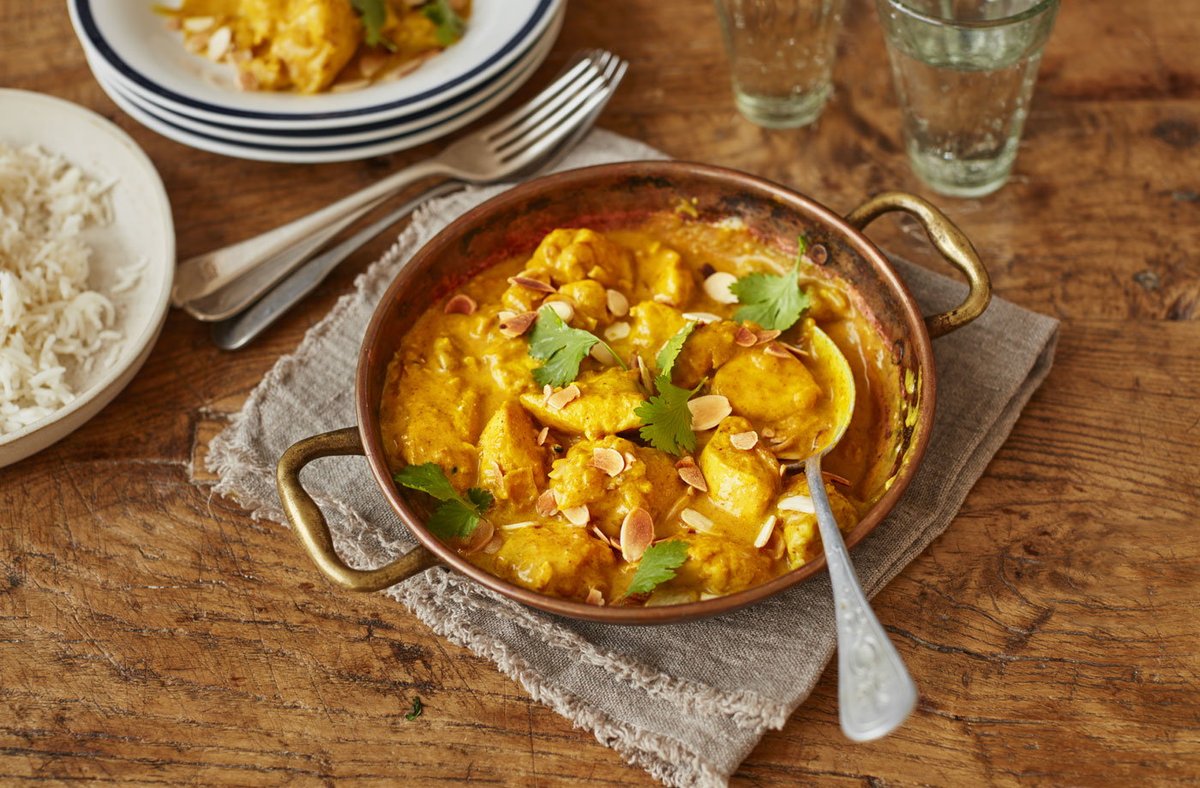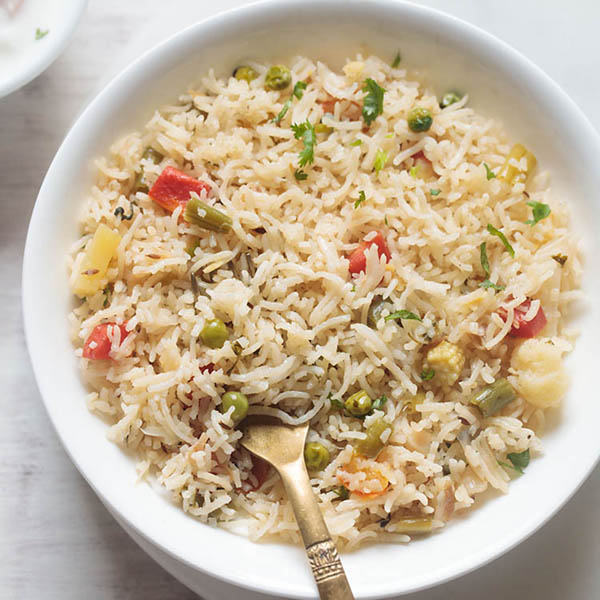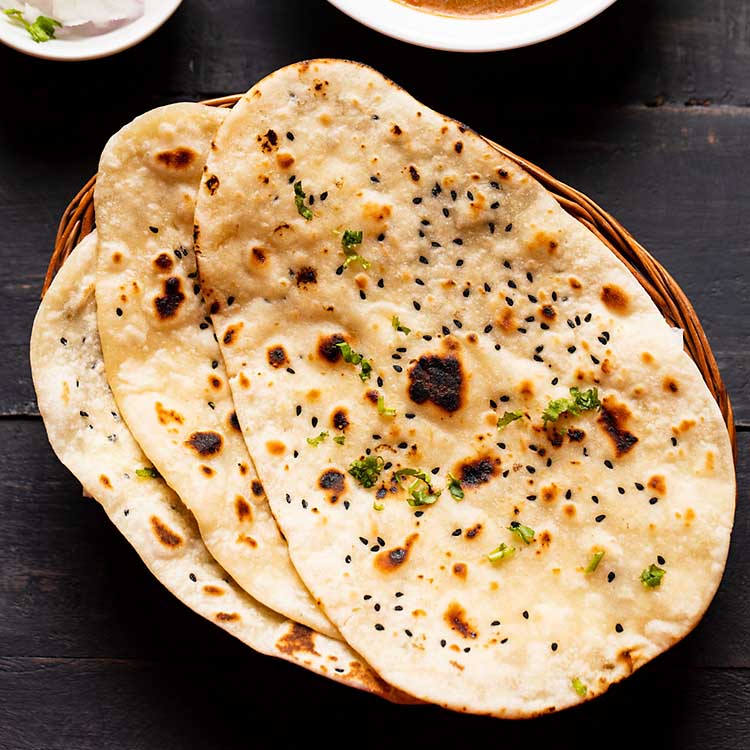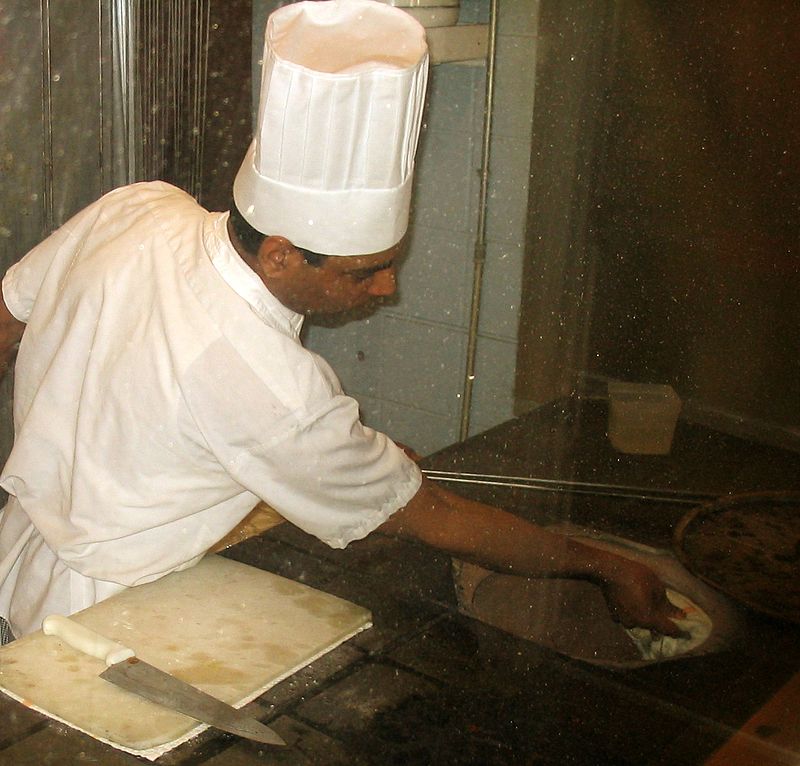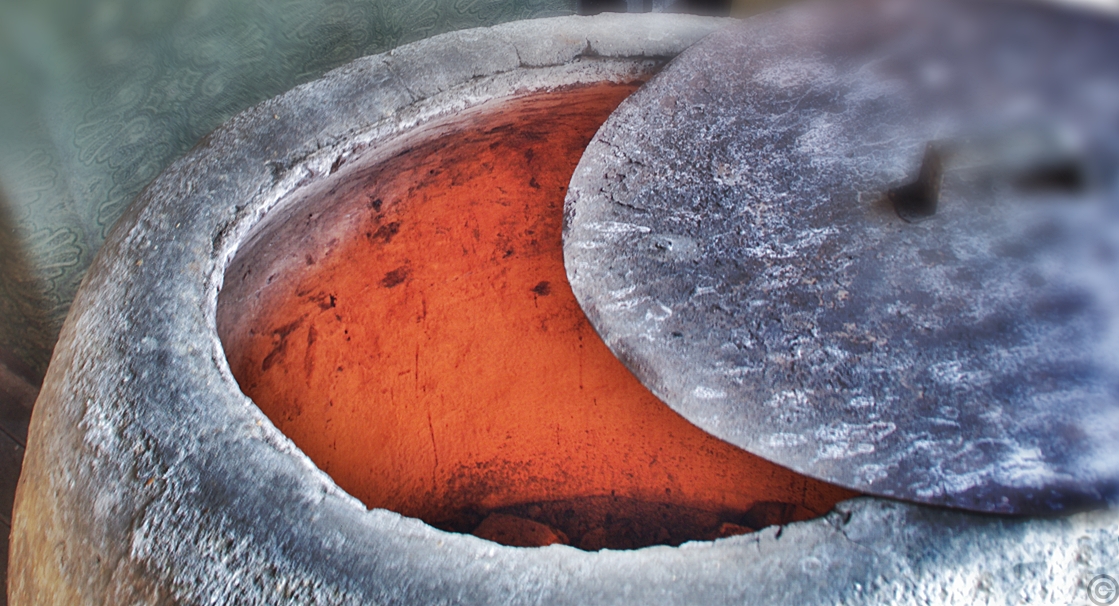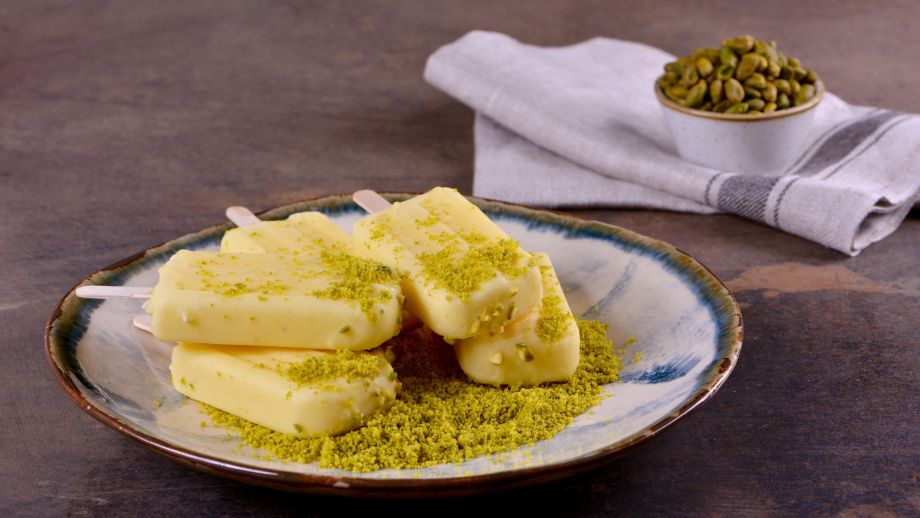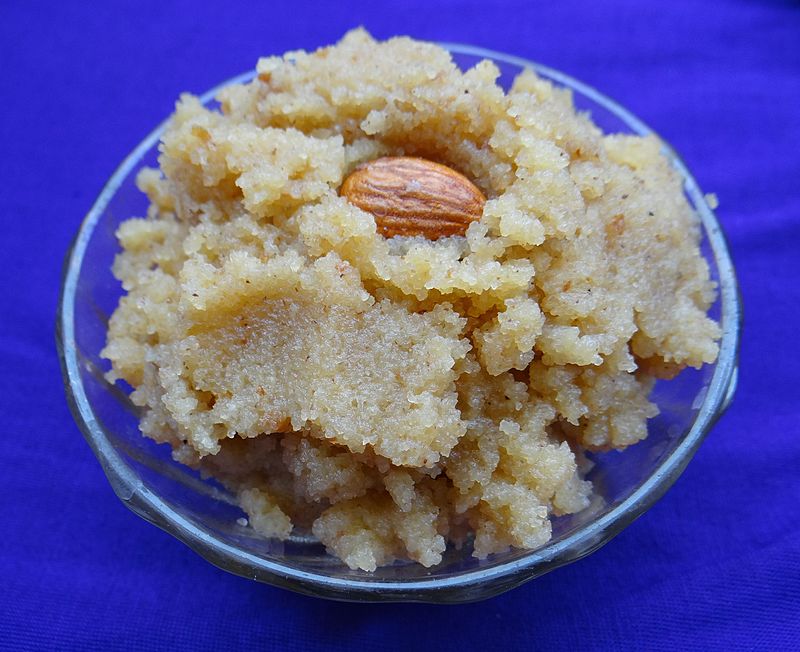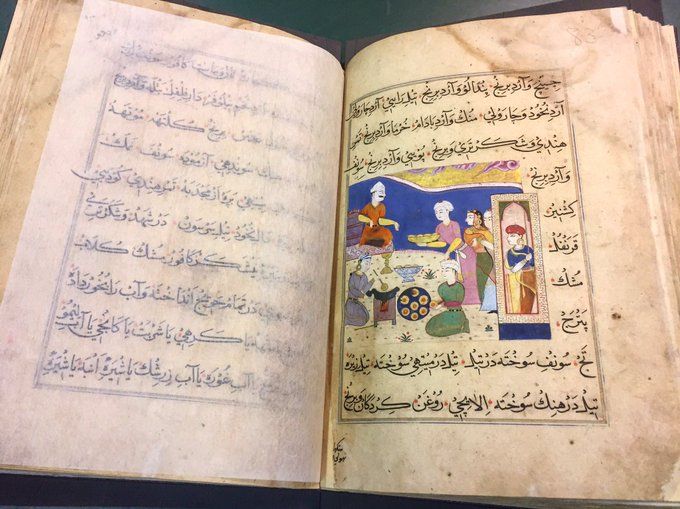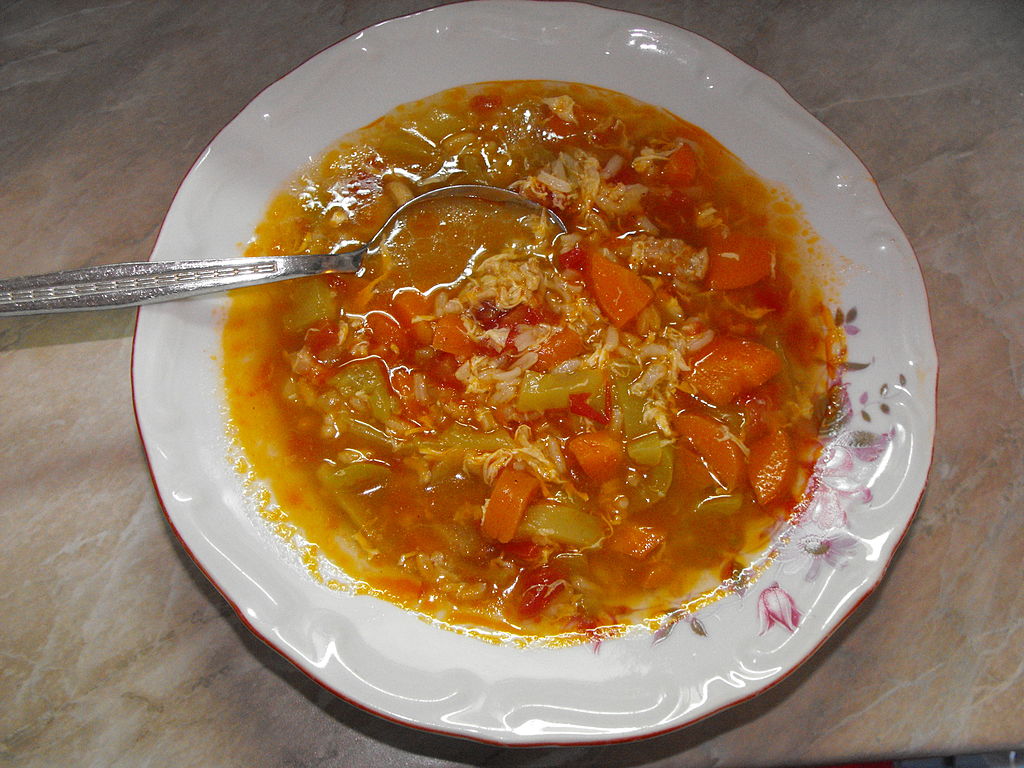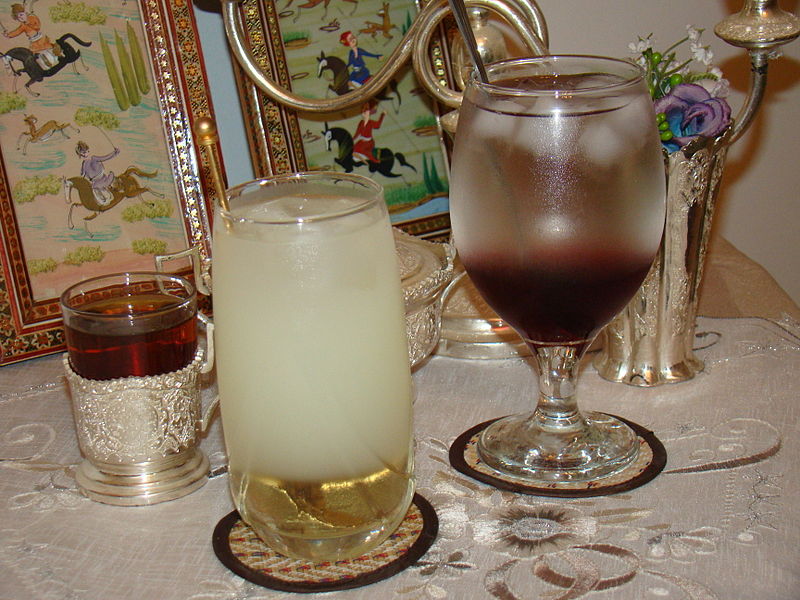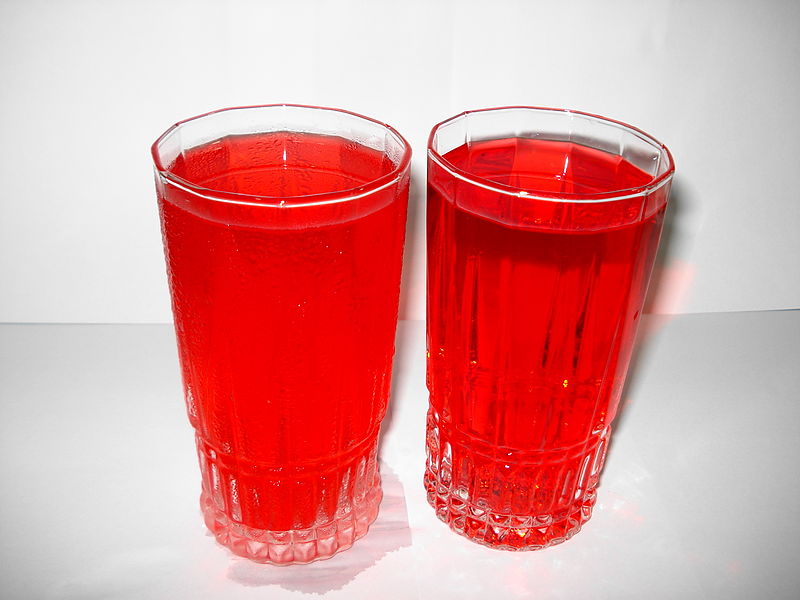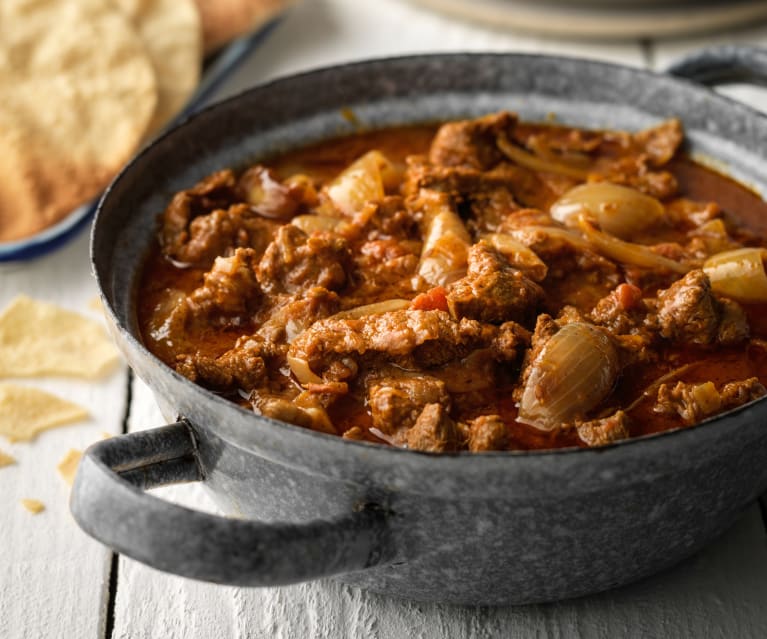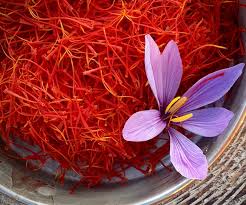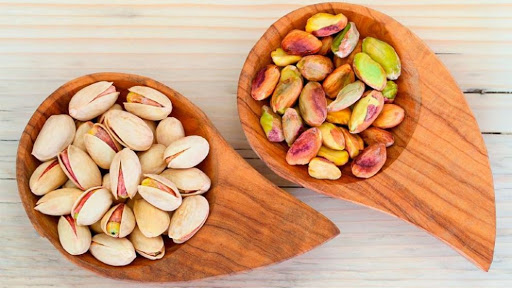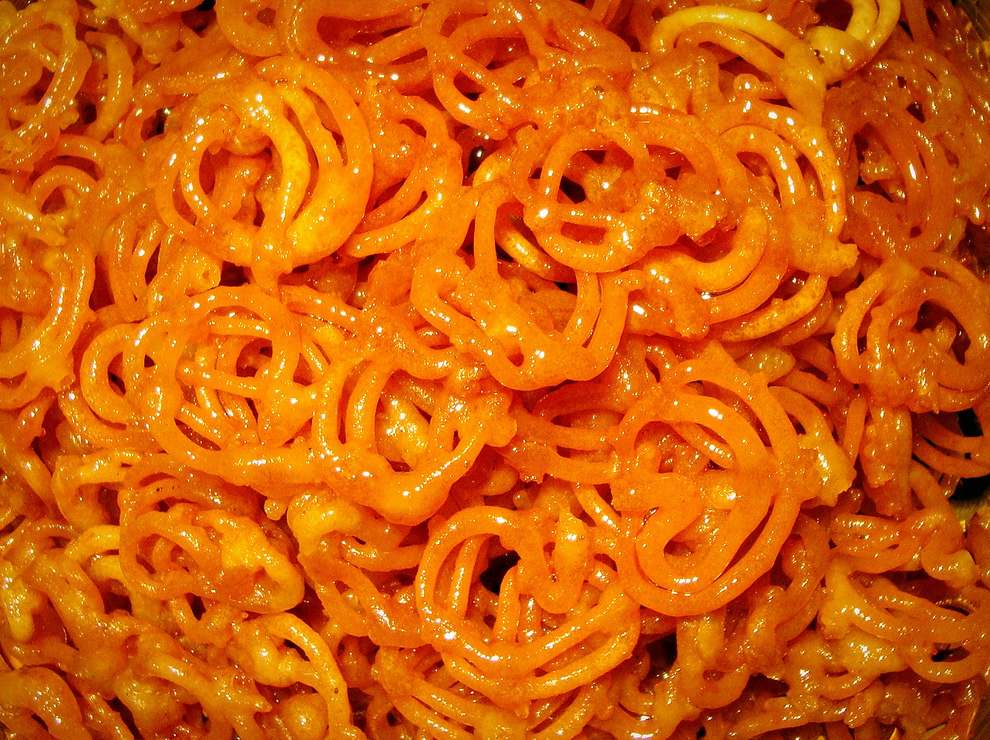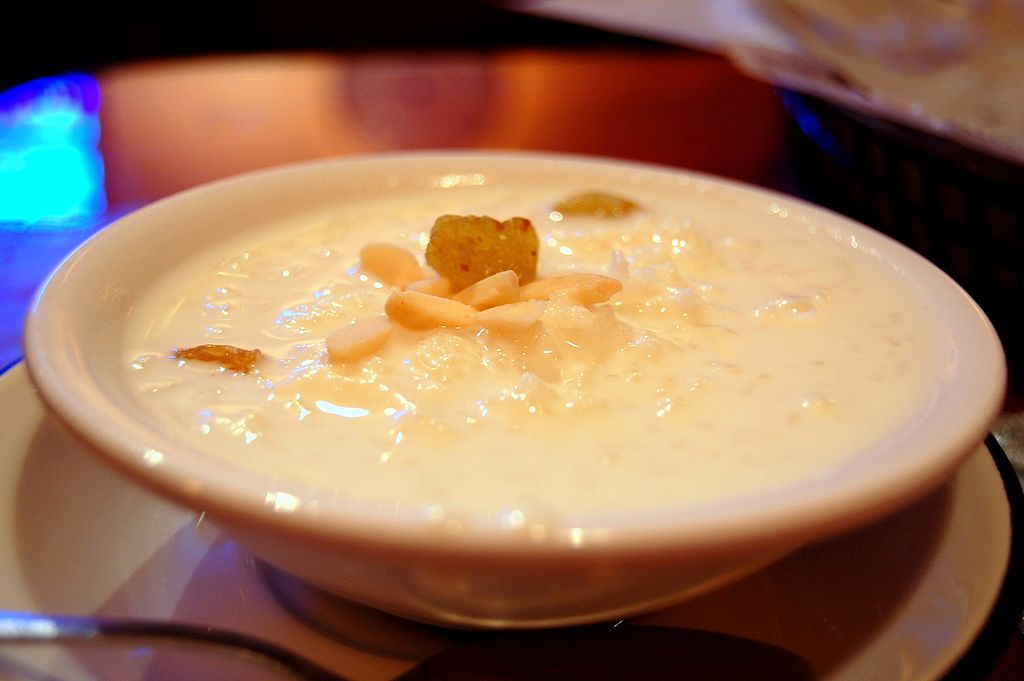Thread on Mughal dishes with a Central Asian/Khorasani origin:
Let´s start with Samosas, one of the most famous Indian/Pakistani snacks, originated in Central Asia. The name "Samosa" comes from the Sogdian word "Sambosak".
Let´s start with Samosas, one of the most famous Indian/Pakistani snacks, originated in Central Asia. The name "Samosa" comes from the Sogdian word "Sambosak".
Khidchdi is a dish made of lentils and rice but originated in Khorasan. The original Persian name is "kichiri" and nowadays it is one of the most iconic dishes in Afg´s cuisine (right picture is the original Afghan version).
Seekh Kebab
Skewered meat, most likely taken to India by some of the earliest Islamic dynasties. "Seekh" means skewer in Persian.
Skewered meat, most likely taken to India by some of the earliest Islamic dynasties. "Seekh" means skewer in Persian.
Yakhni, broth-soup made of bones and onions mostly, although there are different recipes. Originally a Turkic dish, now it is consumed from the Balkans to the Indian Subcontinent.
Dumpukht
Dumpukht is not a recipe but rather a way to cook. "Dum+pukht" means to "breath in" and "pukht" means "cook" in Farsi.
Dumpukht is a technique that requires cooking over a low flame for a long period of time.
Dumpukht is not a recipe but rather a way to cook. "Dum+pukht" means to "breath in" and "pukht" means "cook" in Farsi.
Dumpukht is a technique that requires cooking over a low flame for a long period of time.
Falooda/Faloodeh
Originally from Shiraz, Faloodeh became a quite popular dessert across the region. Central Asian Islamic dynasties took it to India.
Left pic Indian version, right pic the original Iranian version.
Originally from Shiraz, Faloodeh became a quite popular dessert across the region. Central Asian Islamic dynasties took it to India.
Left pic Indian version, right pic the original Iranian version.
Lassi/Doogh
It is said that the mother of Zoroaster´s name was "Dugdōw" which literally means "milkmaid" in Avestan. Doogh has been widely consumed in Central Asia for thousands of years. The Indian drink "Lassi" (in its salty version) is quite similar to Doogh.
It is said that the mother of Zoroaster´s name was "Dugdōw" which literally means "milkmaid" in Avestan. Doogh has been widely consumed in Central Asia for thousands of years. The Indian drink "Lassi" (in its salty version) is quite similar to Doogh.
Korma/Ghormeh
The Urdu/Persian word "Korma/Ghormeh" comes from Turkic "qawirma", which means "fried thing" or "kavurmak", "braised".
One of the most characteristic Mughal dishes with a Central Asian origin.
The Urdu/Persian word "Korma/Ghormeh" comes from Turkic "qawirma", which means "fried thing" or "kavurmak", "braised".
One of the most characteristic Mughal dishes with a Central Asian origin.
Pulao/Palaw
India is the land of rice. But ironically there has been a lack of diverse recipes. This changed with the Mughals and their culinary revolution.
The Persian word "Palaw" is for a special type of "colorful" rice, different from "Chelaw", the plain white type.
India is the land of rice. But ironically there has been a lack of diverse recipes. This changed with the Mughals and their culinary revolution.
The Persian word "Palaw" is for a special type of "colorful" rice, different from "Chelaw", the plain white type.
Naan
India never had an ancient baking tradition so bread came to the Subcontinent from abroad, mostly by the Central Asian Islamic empires.
Naan is a Persian word for "bread" and also "food".
India never had an ancient baking tradition so bread came to the Subcontinent from abroad, mostly by the Central Asian Islamic empires.
Naan is a Persian word for "bread" and also "food".
Tandoor
Tandoors go back to the early Mesopotamian and Egyptian civilizations. After Acheamenids taking over those regions, Tanoors became popular in all their domains. Mughals took these ovens to India.
Tandoor comes from Persian tannur although its originally a Semitic word.
Tandoors go back to the early Mesopotamian and Egyptian civilizations. After Acheamenids taking over those regions, Tanoors became popular in all their domains. Mughals took these ovens to India.
Tandoor comes from Persian tannur although its originally a Semitic word.
Kulfi
The word "Kulfi" comes from Persian "Qufli" which means "covered cup". This Mughal dessert originated in India by mixing two Central Asian ingredients: saffron and pistachio.
The word "Kulfi" comes from Persian "Qufli" which means "covered cup". This Mughal dessert originated in India by mixing two Central Asian ingredients: saffron and pistachio.
Halwa
Halwa is a sweet deeply ingrained in the Islamic culture. The original Persian name was "afroshag". Although there are mentions about it that goes back to the 7th century, all the Persian recipes were included in the book Kitab al-Tabikh (The Book of Dishes).
Halwa is a sweet deeply ingrained in the Islamic culture. The original Persian name was "afroshag". Although there are mentions about it that goes back to the 7th century, all the Persian recipes were included in the book Kitab al-Tabikh (The Book of Dishes).
Paya/Pacha
"Paya" is an alteration of the Persian word "pacha", which means "trotter". Pacha is a Central Asian dish, mostly eaten for breakfast. The Indian Paya version has a Central Asian origin although it has been adapted to native Indian species and recipes.
"Paya" is an alteration of the Persian word "pacha", which means "trotter". Pacha is a Central Asian dish, mostly eaten for breakfast. The Indian Paya version has a Central Asian origin although it has been adapted to native Indian species and recipes.
Some of these dishes were compiled in the Medieval Indian cookbook "Nimmatnama-i-Nasiruddin-Shahi" (c. 1500), written in Persian and with illustrations. Although Persianate cuisine in India peaked under the Mughals, many of these dishes were introduced by previous dynasties.
Chorba/Shorwa
Shorwa is an amalgamation of "shor" (salty) and "ab" (water). It was most likely introduced into India by some of the earliest Islamic empires.
Shorwa is nowadays considered as one of the national dishes of the modern Afghan nation-state.
Shorwa is an amalgamation of "shor" (salty) and "ab" (water). It was most likely introduced into India by some of the earliest Islamic empires.
Shorwa is nowadays considered as one of the national dishes of the modern Afghan nation-state.
Sharbat
Sharbat is a non-alcoholic beverage that originated in pre-Islamic times somewhere in what is now Iran although the first elaborated recipes were made by Gorgani and Ibn Sina. It was introduced to India by the Mughals in the 16th century.
Sharbat is a non-alcoholic beverage that originated in pre-Islamic times somewhere in what is now Iran although the first elaborated recipes were made by Gorgani and Ibn Sina. It was introduced to India by the Mughals in the 16th century.
Dopiaza
Dopiaza is one of the most iconic dishes in modern Afghan cuisine. "Do" means "two" and "piaz" means "onion" in Persian. This made with a lot of onions and in two waves: first you got to add meat to the onion and cook it.
Dopiaza is one of the most iconic dishes in modern Afghan cuisine. "Do" means "two" and "piaz" means "onion" in Persian. This made with a lot of onions and in two waves: first you got to add meat to the onion and cook it.
Once it is ready, you got to add more onion but this time you got to keep it raw. That is why it is called "dopiaza".
This dish was introduced into India by the Mughals in the 16th century from Kabul.
Afghan recipe:
This dish was introduced into India by the Mughals in the 16th century from Kabul.
Afghan recipe:
Also two more interesting facts:
1) There is an Iranian dish called dopiaza but it is different to the Central Asian/Indian one.
2) Mulla Do-Piyaza was the Indian version of Mulla Nasruddin, the hilarious wise/clumsy priest who gets involved in funny stories.
1) There is an Iranian dish called dopiaza but it is different to the Central Asian/Indian one.
2) Mulla Do-Piyaza was the Indian version of Mulla Nasruddin, the hilarious wise/clumsy priest who gets involved in funny stories.
Some of the dry fruits and spices taken to India by Central Asian empires:
-Sumac.
-Saffron.
-Pistachio.
-Almond.
-Raisin.
-Walnut.
-Sumac.
-Saffron.
-Pistachio.
-Almond.
-Raisin.
-Walnut.
Jalebi
Is one of the most popular sweets in the Indian Subcontinent. It is unclear how and where it originated. It might even have a Semitic origin. But what is clear is that was introduced into India by Central Asian empires in the last millennia.
Is one of the most popular sweets in the Indian Subcontinent. It is unclear how and where it originated. It might even have a Semitic origin. But what is clear is that was introduced into India by Central Asian empires in the last millennia.

 Read on Twitter
Read on Twitter